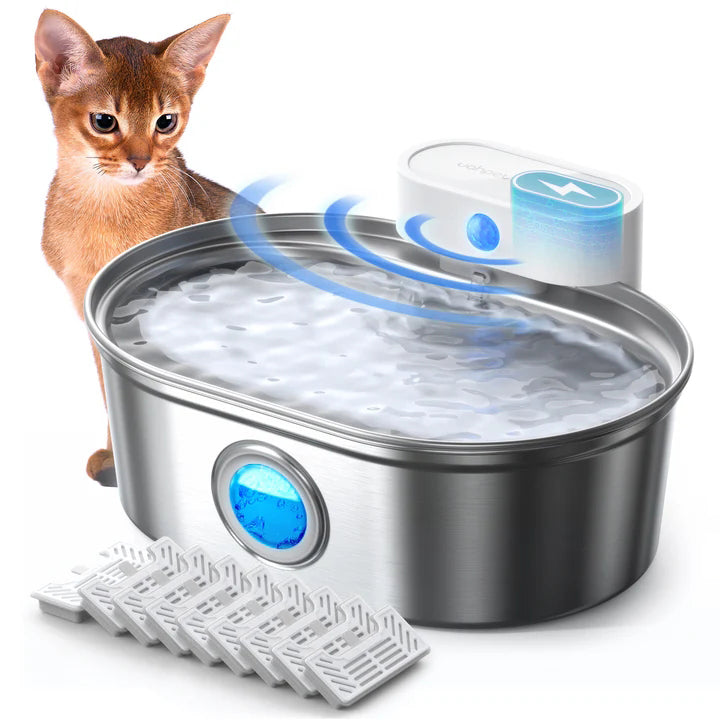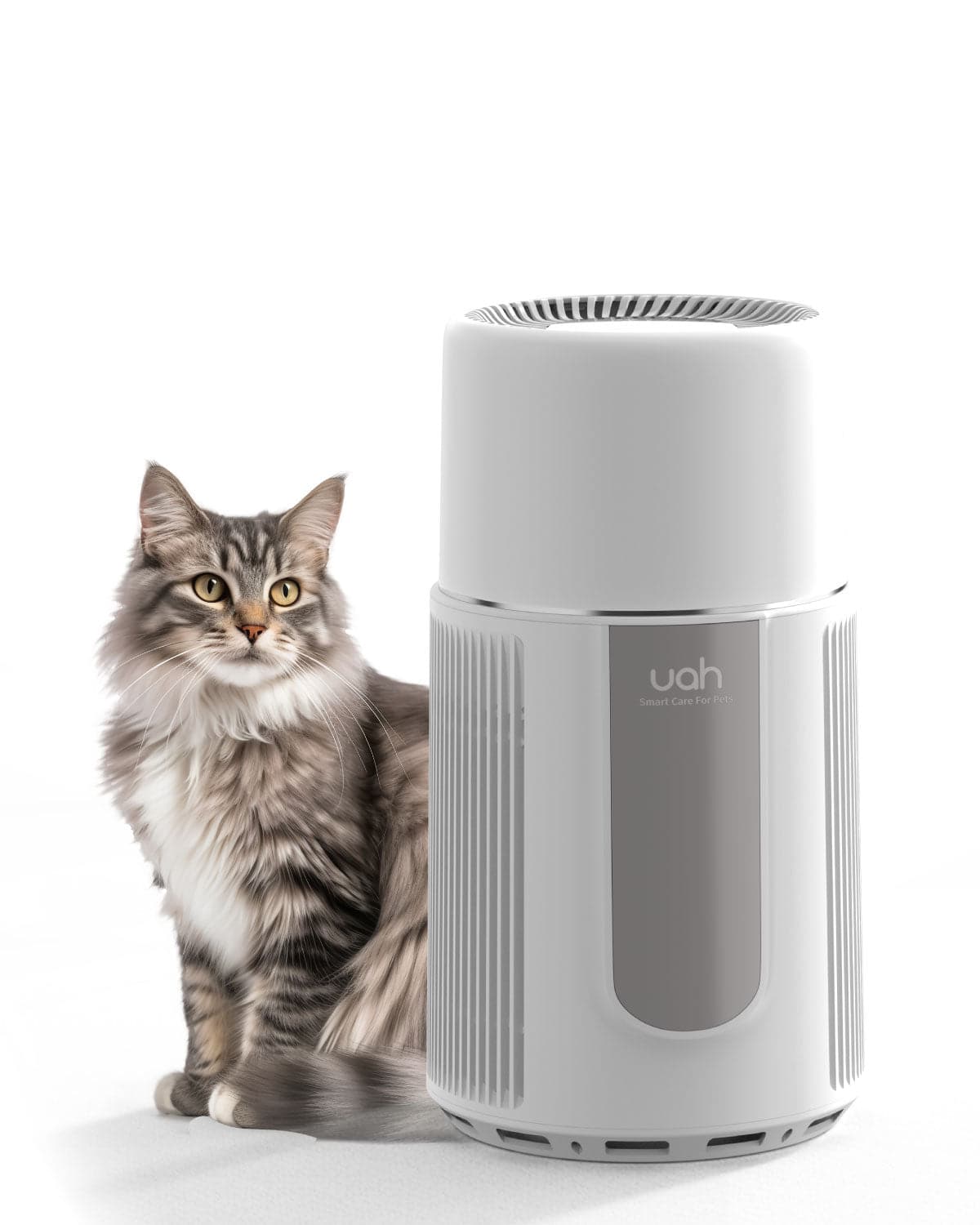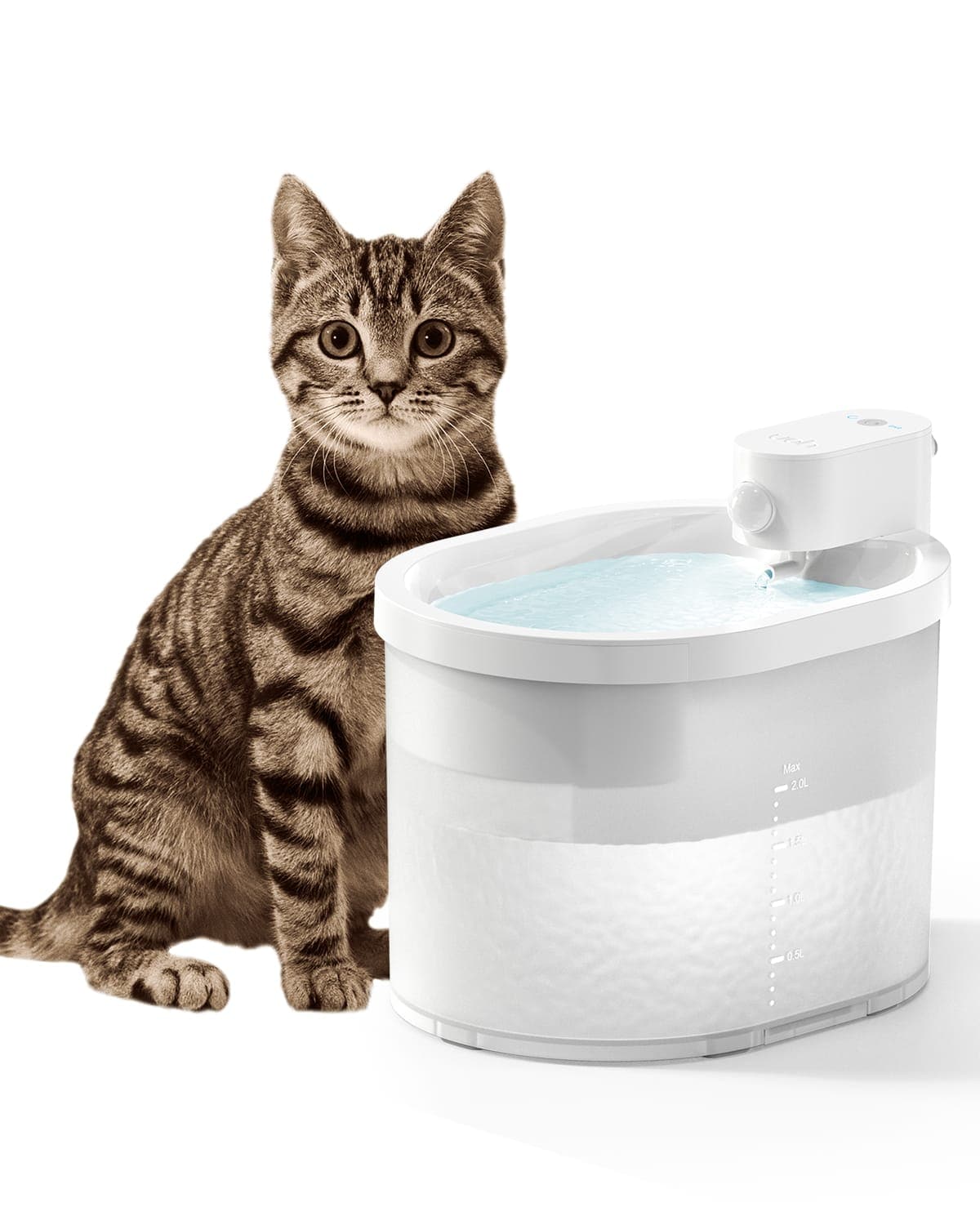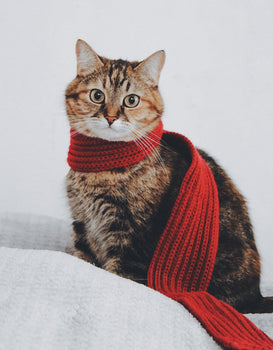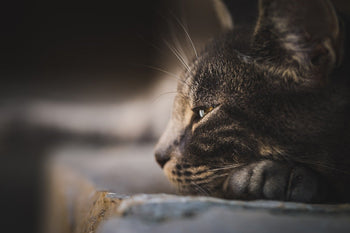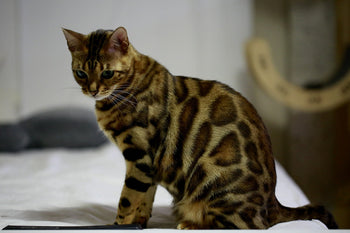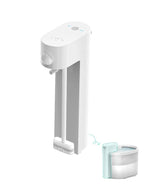Cats are fascinating creatures that have been living with humans for thousands of years. They are often portrayed as aloof and independent, but they can also be affectionate and loyal companions. One aspect of their behavior that has intrigued humans for a long time is how they see us. How do cats perceive humans, and what do they think of us?
Anatomy plays a crucial role in a cat's vision. Their eyes are large and positioned on the front of their head, allowing for binocular vision and depth perception. Their pupils are elliptical, which helps them control the amount of light that enters their eyes. Additionally, cats have more rods than cones in their eyes, which means they are better at seeing in low light conditions. Understanding the anatomy of a cat's vision is essential to understanding how they see humans.
Research has shown that cats have a different visual perception of humans than they do of other cats. They can recognize human faces and distinguish between individual humans. However, they do not see colors the same way humans do, and they may not be able to perceive fine details. Additionally, cats use body language and scent to communicate with humans, which can sometimes be misinterpreted by humans. Understanding a cat's visual perception of humans can help humans better communicate with their feline companions.
How Do Cats See Humans: Understanding Feline Vision
Key Takeaways
A cat's anatomy plays a crucial role in their vision and perception of humans.
Cats have a different visual perception of humans than they do of other cats.
Understanding a cat's visual perception of humans can help humans better communicate with their feline companions.
Anatomy of a Cat's Vision
Eye Structure Comparison
The structure of a cat's eye is similar to that of a human's eye, but with some key differences. Cats have larger pupils, which allow more light to enter their eyes, and a tapetum lucidum, a reflective layer behind the retina that helps to enhance their vision in low light conditions. Additionally, cats have a wider field of view, with an almost 200-degree peripheral vision, compared to humans' 180-degree peripheral vision.
Unique Features
One unique feature of a cat's eye is their ability to see in low light conditions. This is due to the high concentration of rod cells in their retina, which are more sensitive to light than cone cells. Additionally, cats have a greater number of cone cells in their retina than humans, which allows them to see more vivid colors.
Another unique feature of a cat's eye is their ability to see movement. Cats have a high number of ganglion cells in their retina, which are responsible for detecting motion. This allows them to quickly detect and track prey.
Adaptations and Perception
Cats have adapted to their predatory lifestyle by developing keen depth perception. They achieve this by having eyes that are positioned on the front of their head, providing them with binocular vision. This allows them to judge distances accurately and pounce on prey with precision.
Overall, a cat's vision is well-suited to their natural hunting instincts. Their unique eye structure, adaptations, and perception allow them to see in low light conditions, detect movement, and accurately judge distances, making them efficient hunters.
Visual Perception of Humans
Perception Based on Capabilities
Cats have a unique visual perception of humans. They perceive humans as large, upright creatures with distinct facial features. However, their visual perception is limited compared to that of humans. Cats have a lower visual acuity, which means they cannot see fine details as well as humans. They also have a limited color vision, which makes it difficult for them to distinguish between certain colors.
Importance of Motion
Cats rely heavily on motion when perceiving humans. They are able to detect even the slightest movement, which makes them excellent hunters. When humans move, cats are able to track their movements and anticipate their actions. This is why cats are often seen following their owners around the house.
Peripheral Vision and Detail Detection
Cats have a wider field of view than humans, which means they are able to see more of their surroundings without moving their heads. However, their peripheral vision is not as detailed as their central vision. This means that while cats can see movement in their peripheral vision, they may not be able to distinguish fine details.
Color Vision Impact
Cats have a limited color vision compared to humans. They are able to distinguish between some colors, but not as many as humans. Cats are able to see shades of blue and green, but they have difficulty distinguishing between red and green. This means that cats may not be able to see certain objects as clearly as humans.
Overall, cats have a unique visual perception of humans. While their visual acuity and color vision are limited compared to humans, they are able to perceive motion and track movements with great accuracy. Their wider field of view also allows them to see more of their surroundings without moving their heads.
Emotional Perception of Humans
Perception of Emotions
Cats are known to be highly perceptive animals, and they can often read human emotions accurately. They can pick up on subtle changes in body language and facial expressions, which allows them to gauge the emotional state of the people around them. Cats can sense when their owner is happy, sad, or angry, and they may respond accordingly.
Body Language and Vocal Cues
Cats also pay attention to the way humans move and speak. They can pick up on changes in tone of voice, and they may respond differently to a soft, soothing voice than to a loud, harsh one. Additionally, cats are highly attuned to body language, and they can read subtle cues such as posture and facial expressions.
Building Trust
Building trust with a cat can take time, but it is essential for establishing a strong bond. One way to build trust is to be consistent in your behavior and interactions with the cat. This means being patient and gentle, and avoiding sudden movements or loud noises that could startle the cat. It is also important to provide the cat with plenty of positive reinforcement, such as treats and affection, to help build a sense of trust and security.
Overall, cats have a remarkable ability to perceive and respond to human emotions, and they can be highly attuned to changes in body language and vocal cues. By building trust and providing consistent care and attention, owners can strengthen their bond with their feline companion and create a mutually rewarding relationship.
The Human-Cat Bond
Understanding and Strengthening the Bond
The bond between humans and cats is a unique and special one. It is important to understand that cats are independent creatures, and they choose to interact with humans on their own terms. However, with patience and understanding, humans can strengthen their bond with their feline friends.
One way to strengthen the bond is through playtime. Cats love to play, and it is a great way to bond with them. Interactive toys, such as feather wands or laser pointers, are a great way to engage cats in playtime. It is important to remember to never force a cat to play or interact with humans if they do not want to.
Respecting Cats' Perception
It is important to respect cats' perception of the world. Cats see the world differently than humans do, and it is important to understand and accept this. For example, cats have a wider visual field than humans, but they do not see colors as vividly as humans do. They also have a keen sense of smell and hearing, which they use to navigate their environment.
Tips for Enhancing the Bond
There are several tips that can help enhance the bond between humans and cats. One tip is to provide cats with a safe and comfortable environment. Cats need a space of their own where they can retreat and relax. Another tip is to provide cats with a healthy and balanced diet. A healthy diet can help keep cats happy and healthy, which can strengthen the bond between humans and cats.
Appreciating Cats' Perspective
It is important to appreciate cats' perspective and the unique qualities they bring to the human-cat bond. Cats are independent, curious, and affectionate creatures. They bring joy and happiness to the lives of their human companions, and it is important to appreciate and cherish this bond.
In summary, the human-cat bond is a unique and special one. By understanding and respecting cats' perception, providing them with a safe and comfortable environment, and engaging in playtime and a healthy diet, humans can strengthen their bond with their feline friends. It is important to appreciate and cherish this bond, and the unique qualities that cats bring to our lives.
Conclusion
In conclusion, cats see humans differently than they see other cats or animals. They rely heavily on their acute sense of hearing and smell to understand the world around them. However, their vision is also an important factor in how they perceive humans.
Cats have a unique visual system that allows them to see in low light conditions and detect movement quickly. Their ability to see in the dark is due to the presence of a reflective layer in their eyes called the tapetum lucidum, which enhances their vision in low light.
Although cats cannot see as many colors as humans, they are still able to distinguish between certain colors and shades. They also have a wider field of vision than humans, allowing them to see more of their surroundings without moving their head.
Overall, cats see humans as important members of their social group and rely on visual cues to communicate with them. By understanding how cats see humans, we can better understand and communicate with our feline companions.

Frequently Asked Questions
How do cats perceive human faces?
Cats are able to recognize human faces, but their perception of faces is different from that of humans. They rely more on other cues, such as smell and body language, to identify humans. Cats may also recognize individual humans by their voices and the way they move.
What do cats think when humans kiss them?
Cats do not understand the concept of kissing and may interpret it as an invasion of their personal space. Some cats may tolerate or even enjoy being kissed, while others may become stressed or anxious. It is important to respect a cat's boundaries and body language to avoid causing them discomfort.
Can cats recognize their human caregivers in the dark?
Cats have excellent night vision and are able to see in low light conditions. They may be able to recognize their human caregivers by their scent, sound, or other cues even in complete darkness.
Do cats consider themselves superior to their human companions?
Cats do not have a concept of superiority or inferiority. They view humans as fellow beings with whom they share their environment. However, cats may display behaviors that can be interpreted as aloof or independent, which may lead some humans to believe that cats consider themselves superior.
What are cats able to see that is invisible to humans?
Cats have a wider field of vision and are able to see in dim light conditions. They also have a higher number of rod cells in their eyes, which enables them to detect motion and see in shades of grey. Additionally, cats are able to see ultraviolet light, which is invisible to humans.
Do cats understand that humans are a different species?
Cats do not have a concept of species or understand the biological differences between humans and cats. However, they are able to recognize humans as separate individuals and may form strong bonds with their human caregivers.

![[🎃Halloween Sale]UAHPET Stainless Steel Self-Cleaning Cat Litter Box](http://www.uahpet.com/cdn/shop/files/1-cat-litter-box.jpg?v=1759128420&width=1600)
